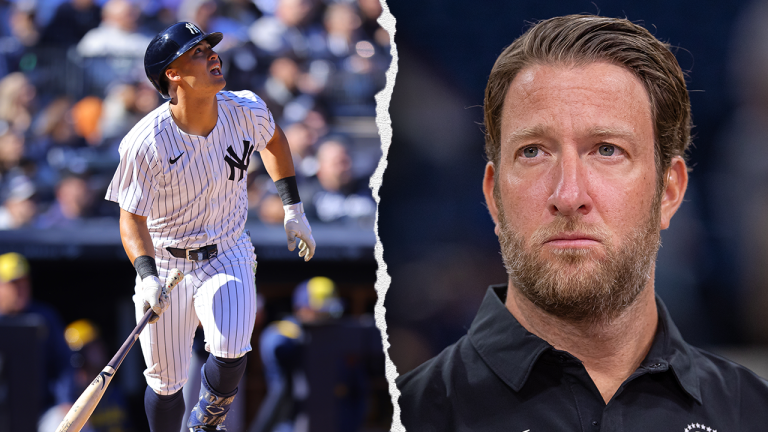
What is the nexus between entrepreneurship and creativity? Are they inexorably linked or are they orthogonal? Last I looked, there is no SAT test for measuring either of those characteristics. Add to the puzzle, the concept of imagination. The world says it rewards this mixture of innovative thinking, and a lot of effort is spent looking for those folks.
I am poking around in this area, because finding a “really good idea” is very difficult, not to mention building it into a real product or company. Multiple incubators purport to assist in this effort, but I am suspicious of the whole business model canvas-creativity-enterprise landscape. Bottom line — if it were easy, everyone would do it.
Great ideas still emerge all the time. What is the magic stew that produces the breakthroughs in science, tech, health, manufacturing etc.? We know it when we see it, but how can we be part of it?
I would like to share a few thoughts from historian Samuel Franklin’s book, “The Cult of Creativity.” High IQ alone is not enough. Rather it is “the creative person who has the drive to figure out the unknown.” Starting around 1950, companies came to the conclusion that it was “creative men — non-conforming, free-thinking and inventive” who were the ideal hires.
Nota bene: No mention of women at that time. Big mistake. Discount 50 percent of the population and even more of the brain power, and you are playing with less than half a deck. Enough said.
That changed a decade later when the search for creativity accelerated with the Soviet space race. Companies engaged both men and women (Hidden Figures). It was supposed to be democracy and meritocracy at its best. At least we wanted to think that.
But across the entire landscape of innovation, the question still haunts — how do creative people, poets and scientists, come up with “new stuff”?
Companies tried the idea of “brainstorming,” the classic throw it against the wall and see if it sticks. Franklin is very clear here, “unstructured spit-balling seldom works.” The research points toward the individual thinking, not the group. There are certainly enough “inventions in a garage” stories to support this perception.
In the early 2000s, the executives in the C-suite came up with a new idea. They thought that creativity was tied to providing a unique culture/environment. “Dress was informal, sessions were held in relaxed settings, and the idea was not to accomplish tasks. The idea was to make stuff up,” Franklin says. Foosball and free food were offered with the “air of romance.”
Franklin argues that the free-for-all is not a rational way to birth truly creative ideas. In the end it is one lonely person in the pursuit of the intangible.
But he goes on to say that when there is already a potential framework, then the small group/team discussion to advance the idea works really well. Still creativity seems to be distinct from intelligence. Franklin says, “Genius is rare,” what fosters true creativity is imagination.
Mick Jagger studied at the London School of Economics, planning to be a lawyer, before starting his band. Go figure.
Some psychologists think that creativity comes from people tapping into their “subconscious” to find the next big thing. That thinking eventually morphed into Synectics, which is sort of group therapy for problem solving. Creativity was thought to be connected to authenticity, non-conformity, reducing inhibitions, “psychic unrest.” Maybe that works for some folks, but me personally, I am not good at touchy feely.
Franklin rightly says, “you can’t free associate a design solution for a chip from scratch.” You can’t think outside a box, until you at least make the box.
The classic model for the entrepreneur is someone who has “divergent thinking” and a high tolerance for “ambiguity.” I’m good with that last one. When I don’t have the answer to a problem, but at the same time, I feel that it will emerge eventually, I often say to my team, “We still have nothing, but we have more nothing now than we have ever had before.” Keep banging on the door.
Finally, Franklin offers us the elephant in the room, “If large-language models (AI) become capable of creative acts, what will be our uniquely human contributions?”
Rule No. 784: Thomas Edison, slightly deaf, 1093 patents.
Senturia is a serial entrepreneur who invests in early stage technology companies. Please email ideas to Neil at neil@blackbirdv.com.





